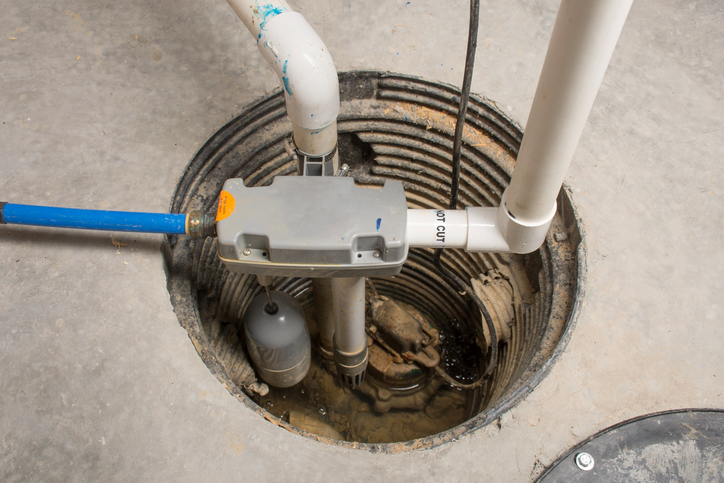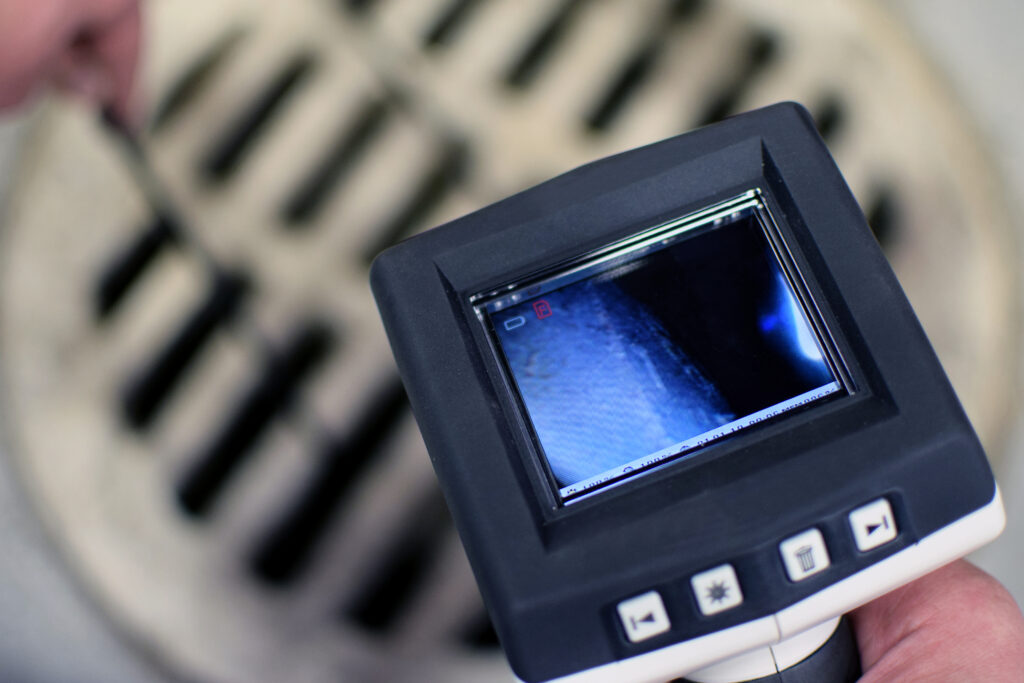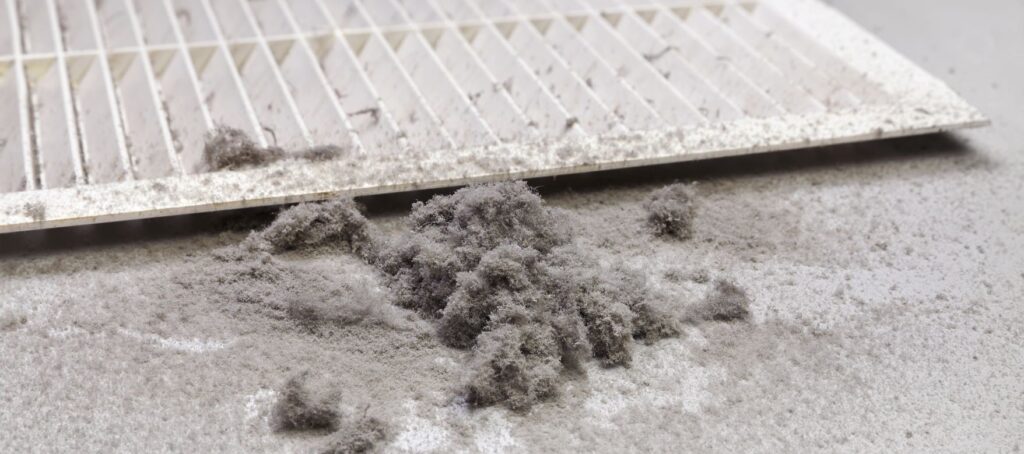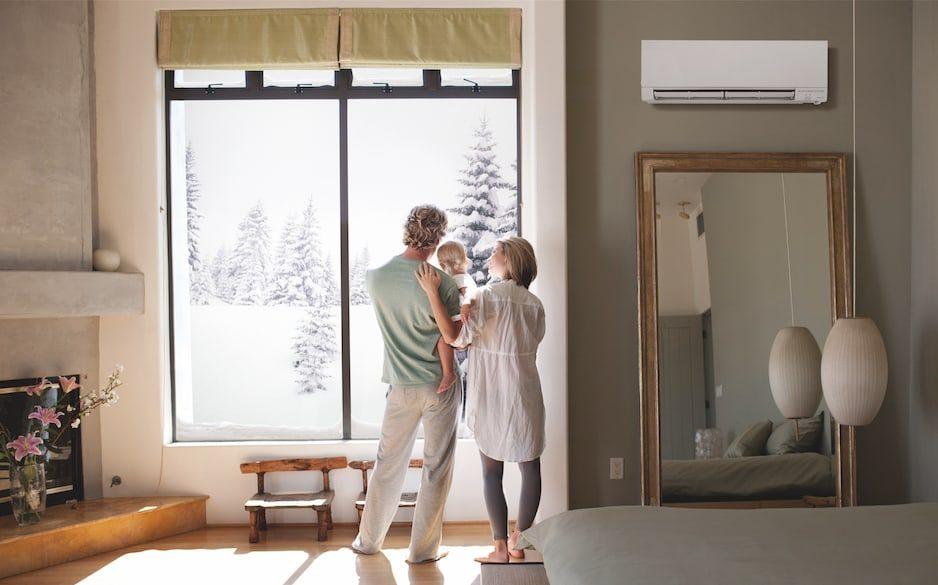
Ductless mini split systems are gaining popularity in modern homes. So while you’re making the decision between a ducted vs. ductless heat pump, it’s important to know the advantages of each. If you’re looking for a ductless mini split installation, click here. If you’re looking to learn how you can decide which system is right for you, read on!
While a ducted HVAC system has traditionally been the standard for homeowners, ductless mini split systems have quickly become one of the most popular climate control options in modern homes. But is which system right for you? If you’re debating upgrading your system, it’s important to know the advantages of a ductless mini split vs. ducted heat pump.
When it comes to keeping our homes comfortable, the top priority is finding the most efficient solution possible. The more efficient the system, the more money we save on utility bills. Other factors to consider when choosing an HVAC system are air quality, aesthetics, installation cost, and operating convenience.
Ductless mini splits check all these boxes while being extremely versatile. But, if you’re looking for an all-in-one system, you may prefer a ducted heat pump. While each system has their advantages, when deciding between a ducted vs. ductless heat pump in your home, your personal preferences will be most important.
WHAT ARE DUCTLESS MINI SPLIT SYSTEMS?
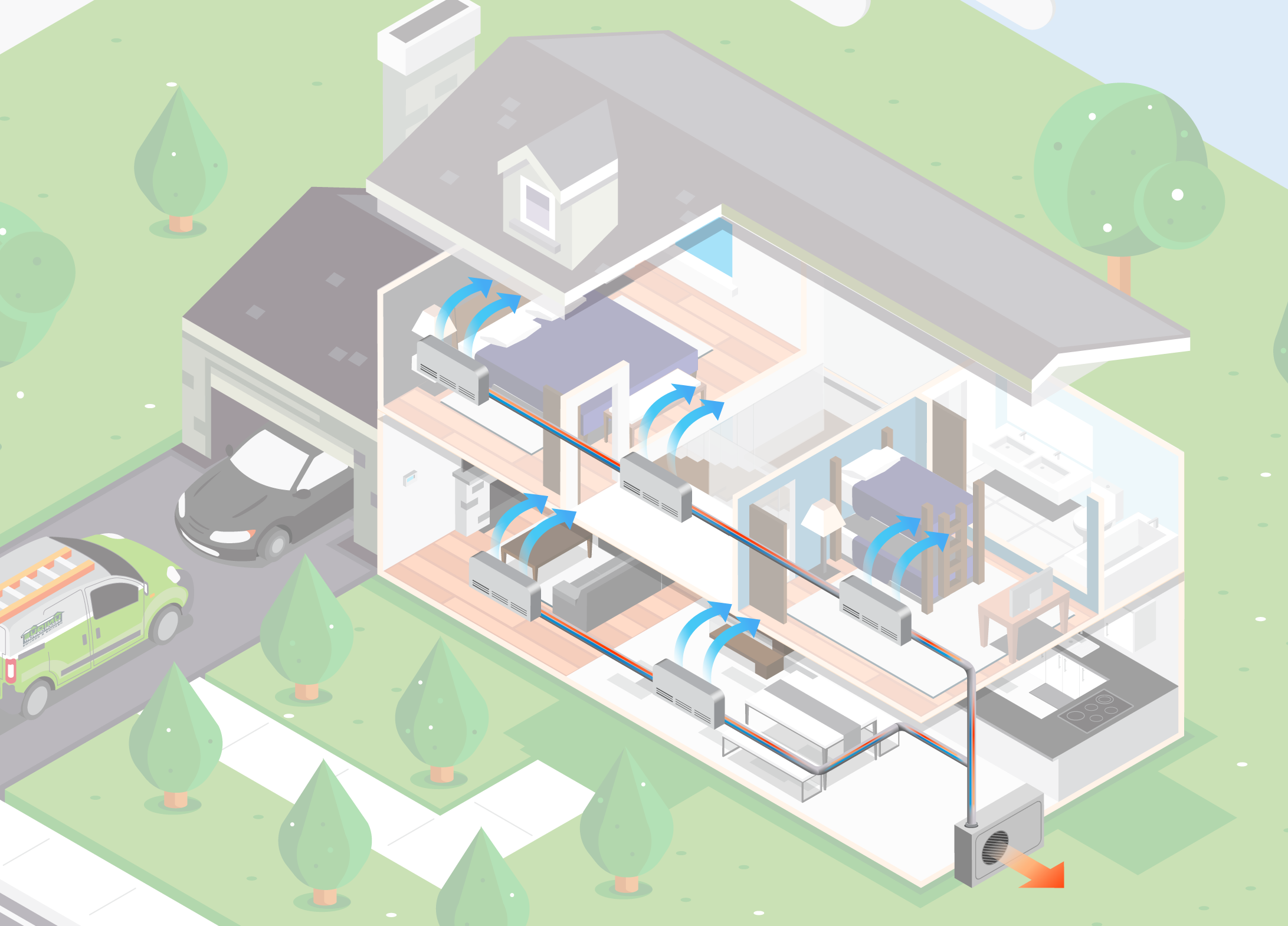
An illustration of a ductless mini split system, showing how air is treated via the outdoor compressor and then distributed to zones via thin tubes.
Ductless mini split systems are also commonly referred to as ductless heat pumps, mini splits, split-type air conditioners, ductless systems, and ductless air conditioners. Unlike a ducted system, ductless mini splits control temperatures for individual rooms instead of the whole house. Depending on your HVAC needs, they can provide both heating and cooling.
Ductless mini split systems are made up of two components: a condenser and an air-handler. The condenser, or outdoor unit, houses the compressor, while the air-handler resides inside the home. Each room or area requires an air-handler, which is roughly three feet long by one and a half feet high. Smaller than traditional ducted systems, they require minimal installation and can be mounted almost anywhere.
ADVANTAGES OF A DUCTLESS HEAT PUMP
You’ll be happy to hear you don’t have to tear apart your home to get efficient heating and cooling. Ductless mini splits make great retrofit add-ons to houses that already have “non-ducted” heating and cooling systems, such as hydronic (hot water heat), space heaters, or radiant panels. Likewise, ductless mini split heat pumps are ideal for additions or finished basements where extending or installing ductwork isn’t a viable option.
Whether your home isn’t compatible with traditional HVAC systems or you’re simply looking at all your options for an efficient home heating and cooling system, ductless heat pumps are a great option.
QUICK & EASY INSTALLATION
Other types of HVAC systems, including ducted heat pumps, can take weeks and major construction to install. Mini split systems are quicker to install and far less invasive. They are one of the best options for adding air conditioning to older homes without pre-existing ductwork.
Typically, the coupling of the indoor and outdoor units requires only a three-inch hole through the conduit wall. That means homeowners don’t have to worry about rebuilding walls around the ductwork or losing any valuable square footage. Overall, the installation process is much less disruptive to your daily routine, with many units up and running in as little as a day or two. This ease of installation is part of what makes split-type air conditioners such a good solution for replacing window units.
INCREASED ENERGY EFFICIENCY
Ducted systems have a reputation for losing energy. Heat dissipates through the ducts as it disperses throughout the home. Since mini splits don’t have ductwork, they aren’t susceptible to the same type of energy loss. Traditional ducted systems only have two modes of operation, on or off, which uses more energy. To run more efficiently, ductless units use inverter-driven compressors. These compressors speed up or slow down based on the system’s needs, saving energy. As a result, ductless mini splits can cut heating costs and lower your energy bill.
HIGHLY-FLEXIBLE DESIGN
Ductless units make it easy to maintain your existing interior design with highly-customizable and minimally-intrusive placement options. Air-handlers can be suspended from a ceiling, mounted into drop ceilings or affixed to a wall, while a variety of floor options exist as well. And through a variety of lengths for the unit’s connecting conduits, homeowners have the ability to locate the outdoor unit as far as 50 feet from the indoor evaporator. Thanks to the flexibility of the system, it’s a low-impact option and one of the quietest systems you can have in your home.
Overall, ductless mini splits give homeowners much more control of their heating system. Individual air-handling units work in “zones,” meaning homeowners can adjust the system to heat certain rooms only when they’re occupied, instead of constantly heating the entire home. You can also choose from customizable features like timers and built-in sleep functions to minimize utility costs each month.
LONG LIFESPAN
The last thing you want is a heating and cooling system that requires more work and repairs. By choosing a long-lasting option, you can save yourself the hassle of frequent contractor visits and more costs. Mini split heating systems can last up to 20 years if properly maintained.
WHY YOU MAY STILL PREFER A DUCTED HEAT PUMP
While ductless heat pumps are quickly gaining popularity, homeowners may still prefer a ducted system. Heat pumps are still favored due to their good airflow exchange, filtration, and humidity control. They are also ideal for people that prefer universal control of their home’s heating and cooling, rather than having to maintain individual units.
Traditional ducted heat pumps require an outdoor condenser, just like ductless mini-splits. But instead of connecting to individual units, the condensed air travels through a home’s ductwork. While ducted heat pumps require a more intensive installation if your home doesn’t have ductwork already, they offer a more built-in look. As a result, some people prefer them over the indoor features of the ductless system.
FOR THE ENVIRONMENTALLY-CONSCIOUS, CONSIDER GEOTHERMAL HEAT PUMPS
For homeowners looking for a more energy efficient and green system, geothermal heat pumps harness the earth’s constant underground temperature to both cool and heat your home. Unlike a traditional heat pump’s outdoor condenser, geothermal systems use High-Density Polyethylene (HDPE) pipes buried underground to create a “loop.” The loop circulates water to move heat energy to and from your home. While extremely energy efficient, these systems require extensive installation and have a high upfront cost.
You should also consider the layout and structural design of your home to determine which system is a better fit for you. The installer must determine the best location for each unit and correctly size it in order to provide proper temperature and humidity control. An experienced HVAC company can help you determine which unit benefits you the most in the long run by analyzing photos or conducting a home visit before any installation begins.
LEARN MORE ABOUT DUCTED HEAT PUMPS VS. DUCTLESS MINI SPLITS
With over 50 years of heating and cooling expertise, Unique Indoor Comfort has experience installing heat pumps and ductless mini split systems in homes across the Greater Philadelphia area. Reach out today to talk to a comfort specialist about what system is best for your home.
FREQUENTLY ASKED QUESTIONS ABOUT DUCTLESS MINI SPLITS VS DUCTED HEAT PUMPS
How much is a ducted heat pump vs ductless?
Can mini splits heat and cool a whole house?
Interested in learning more about which system is best for your home?Contact us today to talk to one of our comfort specialists.
Learn more about ducted vs. ductless mini split systems.
Not sure which size is right for you? Read our guide on how to determine the correct size heat pump for your home.
